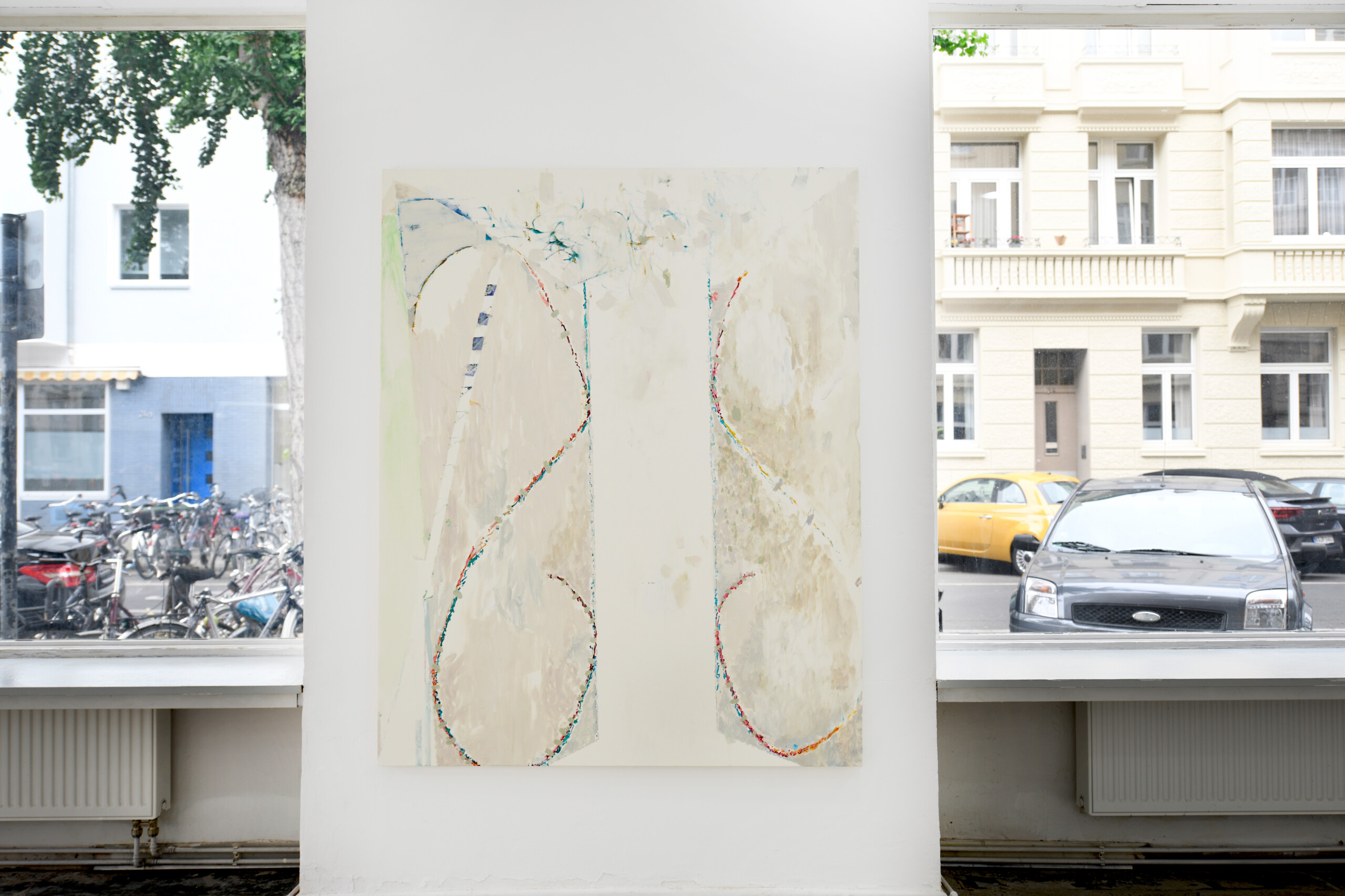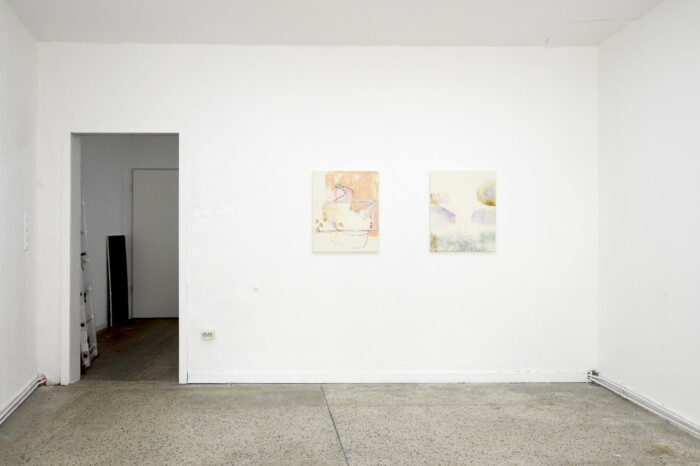Creating Titles
One of the exhibited works, <Move past the past,> is a piece based on the 2018 work <X is, X is, X is,>. The work paints the process of reading “Six Six Six” backwards which is <X is, X is, X is,>. The idea behind it was the imagery of '999′ and the concept of balancing directions of 'no front, no back, no up, no down.’ In <Move past the past,> I was considering ways to reverse that process.
Reference 1
Nature: what the dramatic art suppresses in favour of a naturalness that is learned and maintained by exercises.
– Robert Bresson (1901-1999)
Anagrams are generally known as a type of wordplay, in which the letters of a sentence or word are rearranged to express a different meaning or string of letters. With N different letters, there are N factorial ways of rearranging them. Depending on the forced interpretation or definition of meaning, one sentence and another with different meanings can be nearly two sides of the same coin.
For example, when the meaning of a word from a dictionary is being pursued, diagrams, charts, and graphs can serve as a way of giving social objectivity to that definition by displaying the relationships within those charts.
On the other hand, situations in which meanings are linked to other meanings in contradictory ways, creating endless debates and producing confusion significant enough to interfere with daily life is well-known in modern times. Language is itself the process of the transition of these structural relationships. Therefore, as can be seen in the example of Archigram’s experiments, it has an aspect that is recognised as a physical phenomenon.
The practice of putting titles on paintings became common in the 19th century, whereas before that, titles were names of typical motifs or brief descriptions. As paintings were separated from their specific contexts and presented to a general audience, the need for proper titles arose. However, it is often unclear whether the titles were given by the artists themselves or by others throughout history.
The strange experiences surrounding the coherence and unity between what is being expressed and its explanation is often brought up during discussions about social topics with others or in conversations with artist friends. The act of simply observing, which can be seen as passive, or the way in which such explicit desires are expressed, are part of the process of creating a painting, and this fact sheds light on the aspect that people connected through the environment in which the artist is nurtured are reproducing the painting politically, ethically, and aesthetically. With the use of tools for the first time the body potentially takes form.
Reference 2
《The Invisible Man》 1933 James Whale
《InvisibleAgent》 1942 Edwin L. Marin
《The Amazing Transparent Man》 1960 Edgar G. Ulmer











